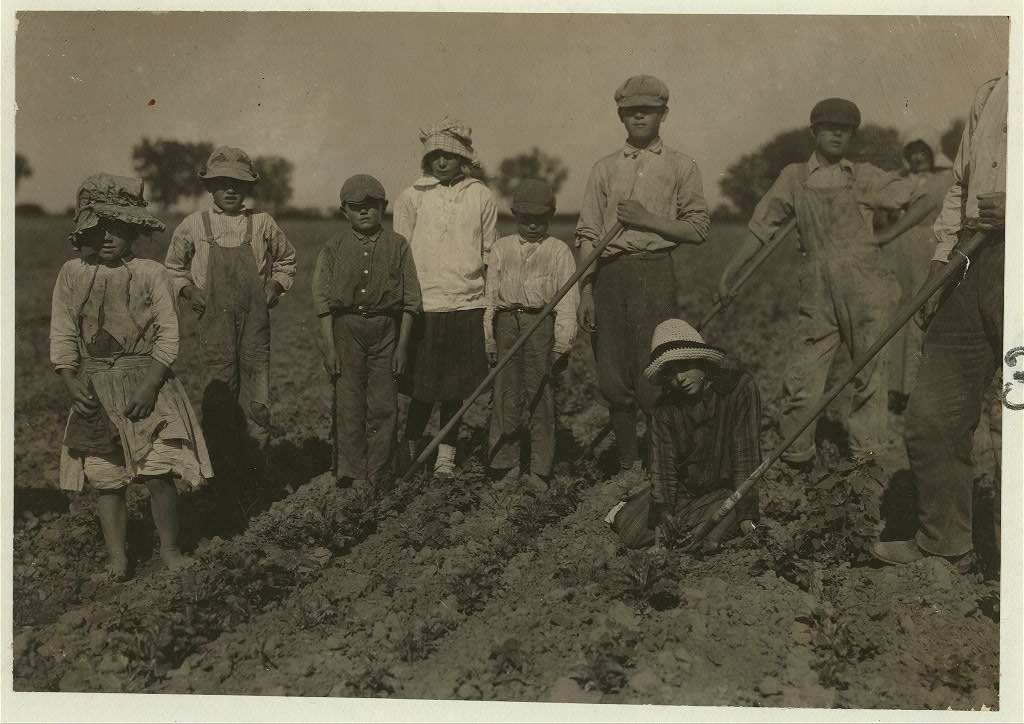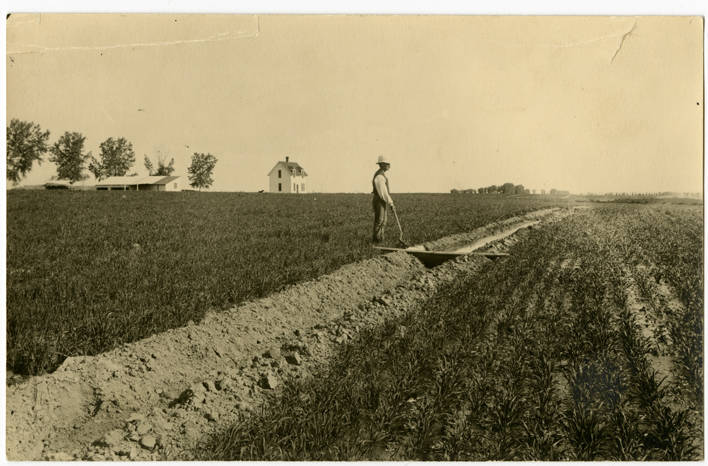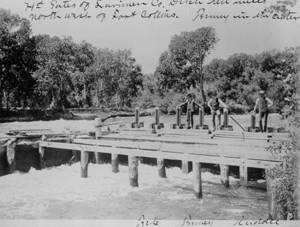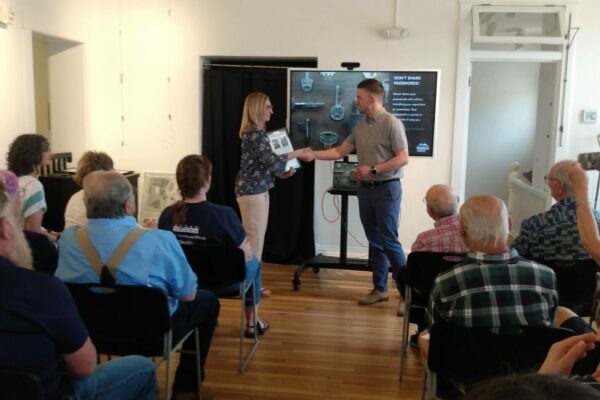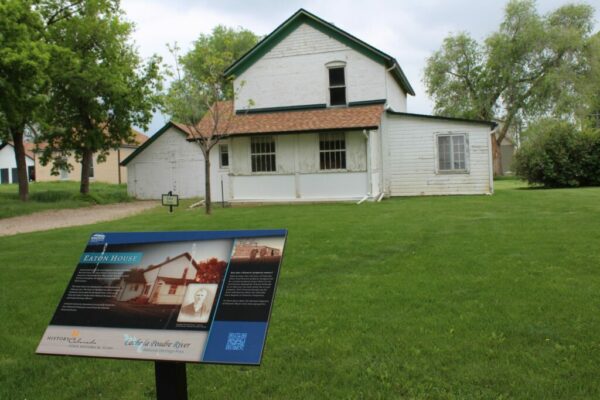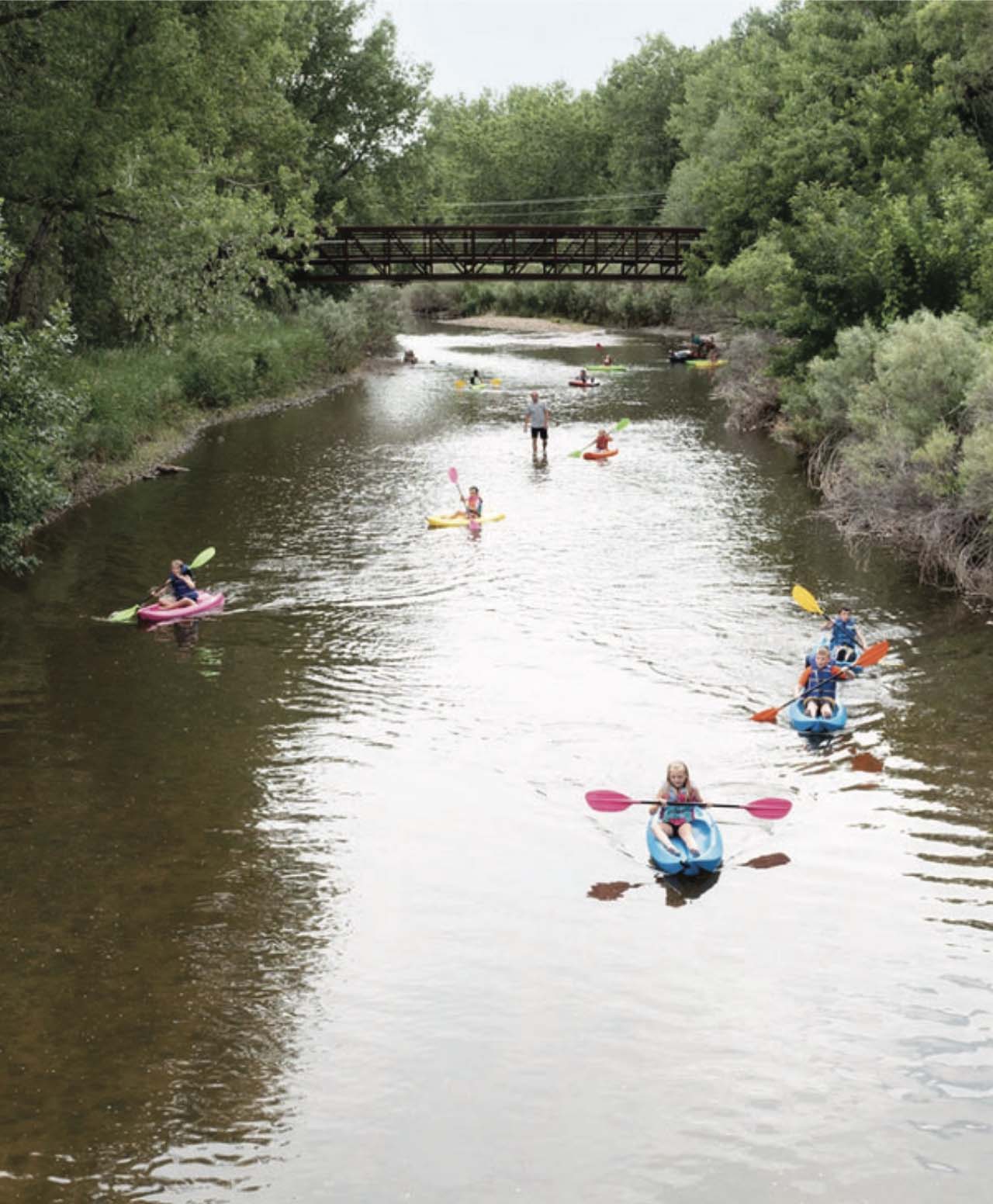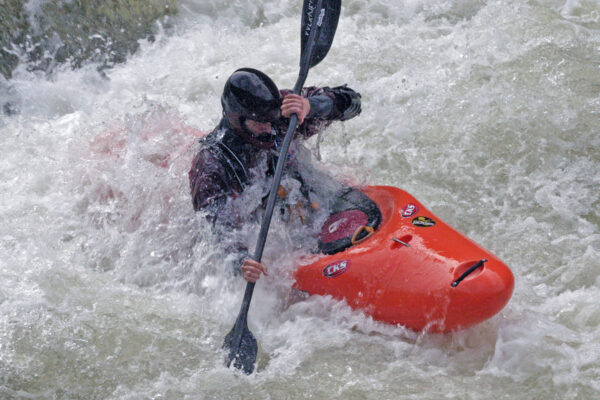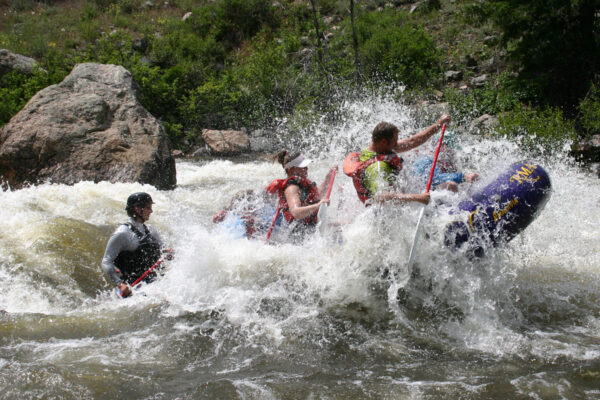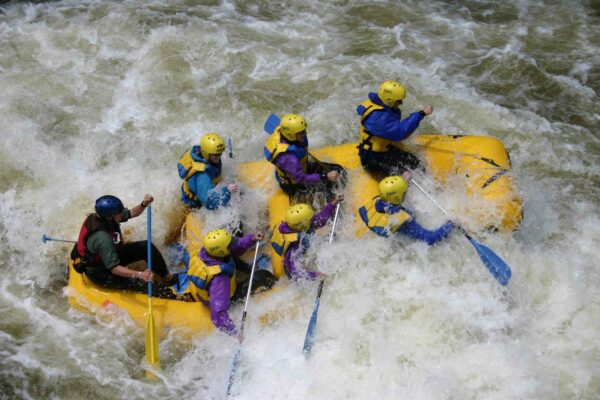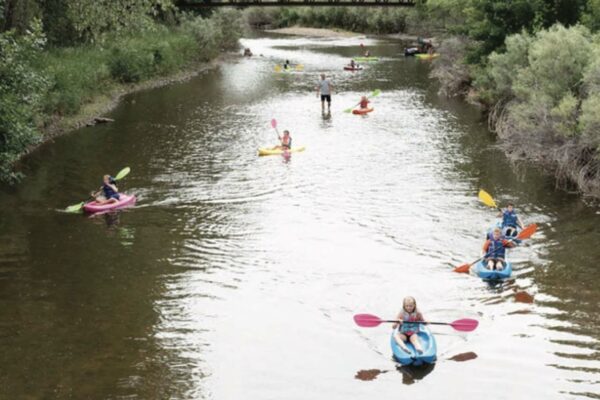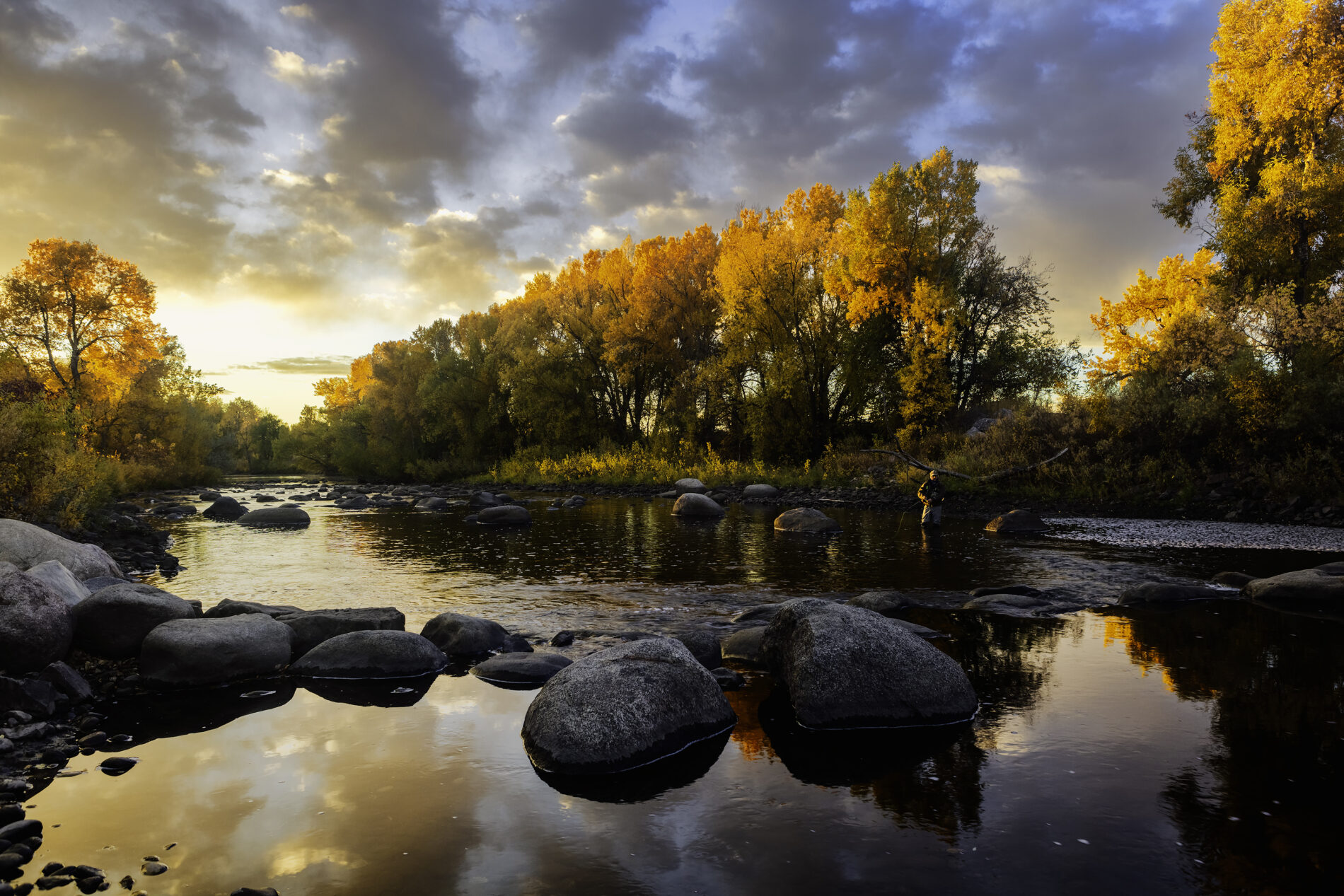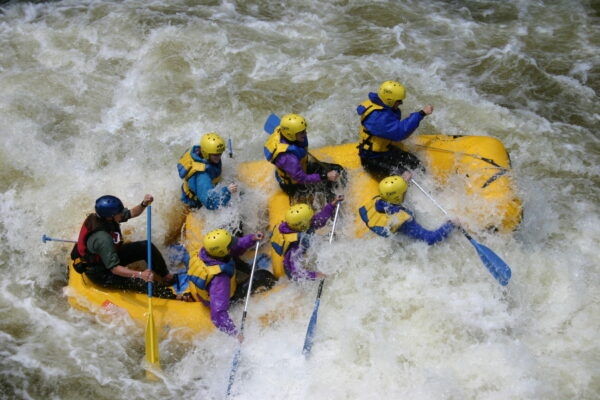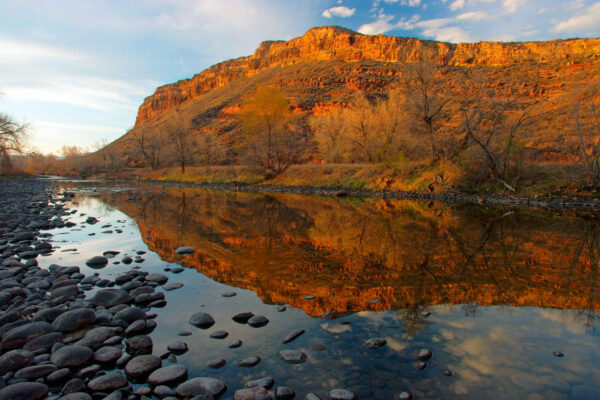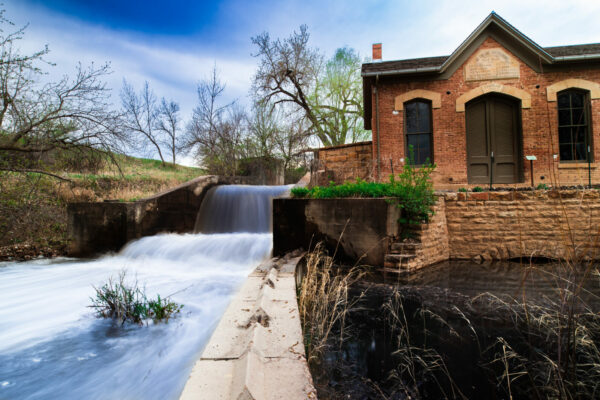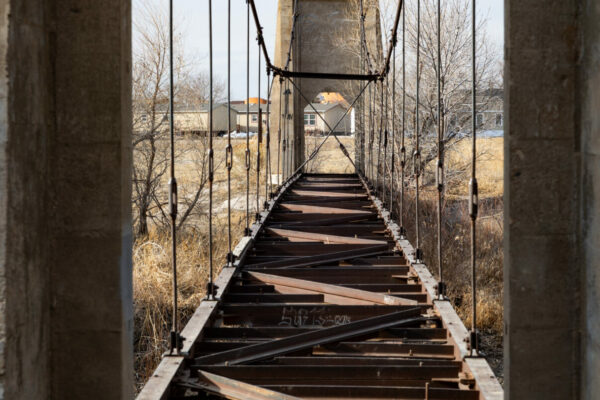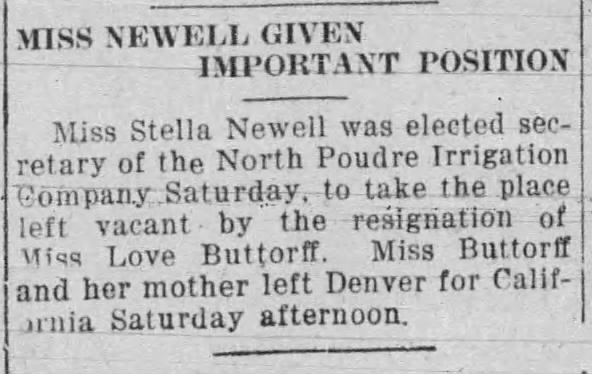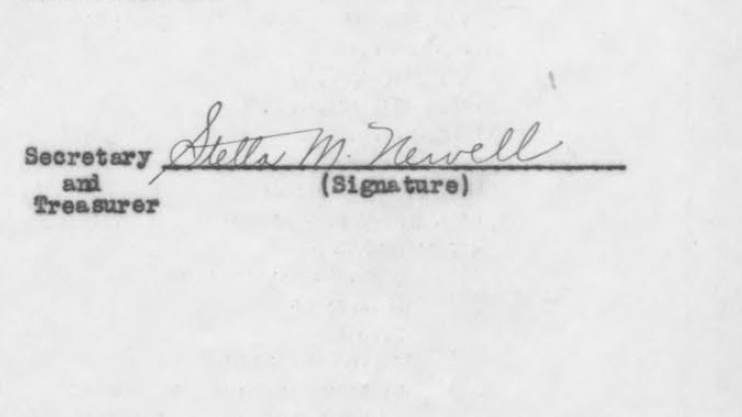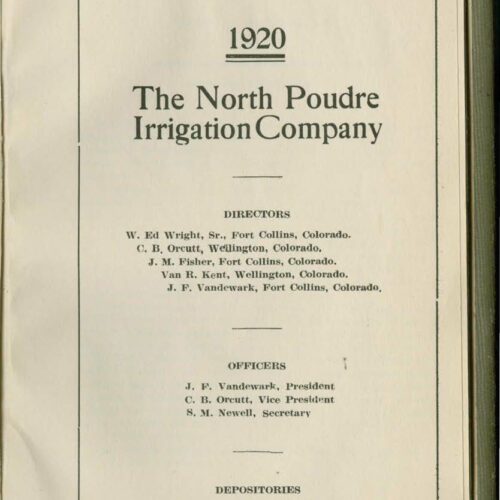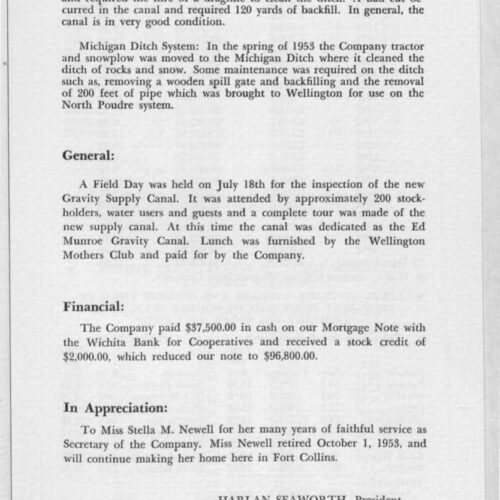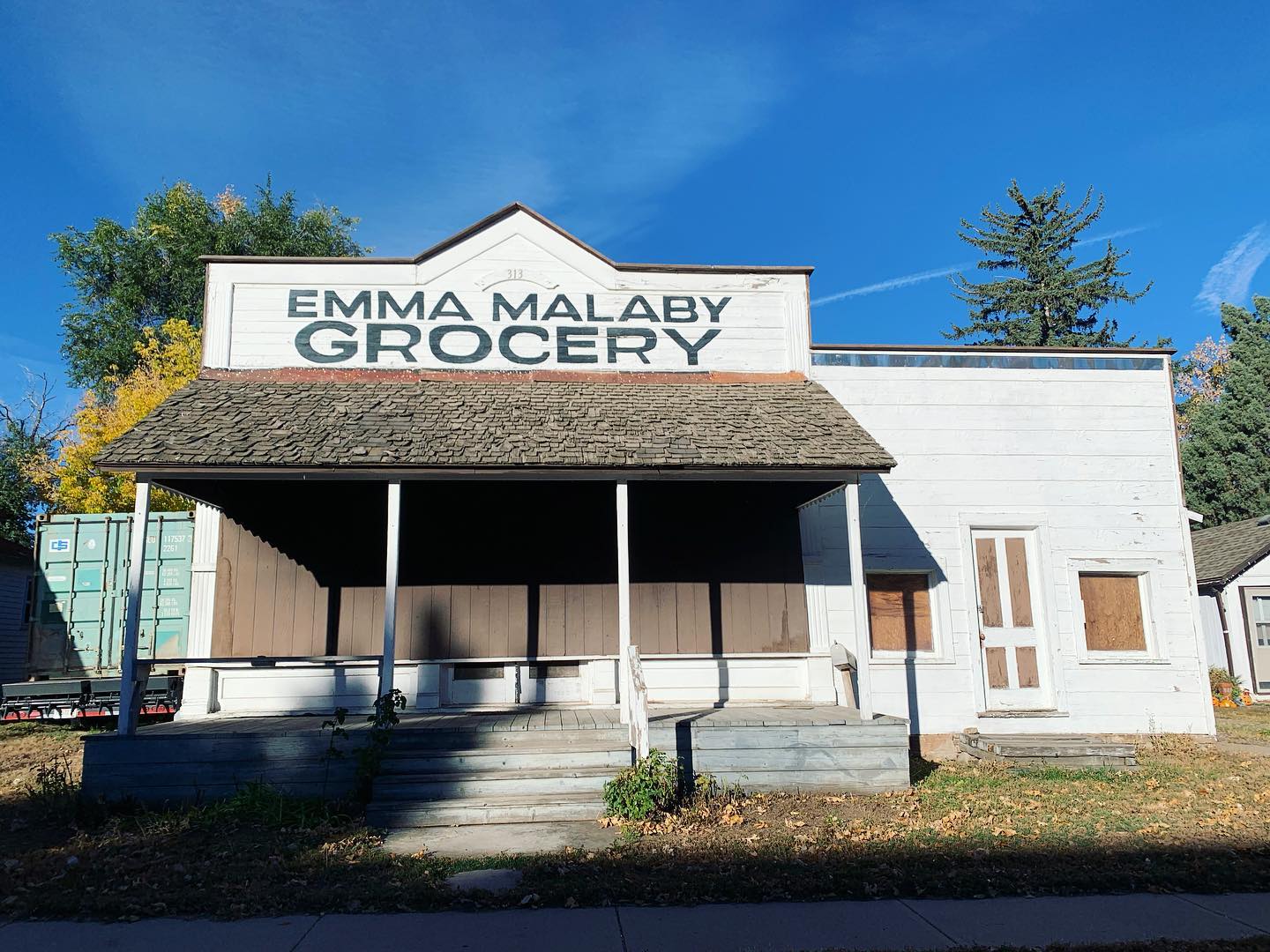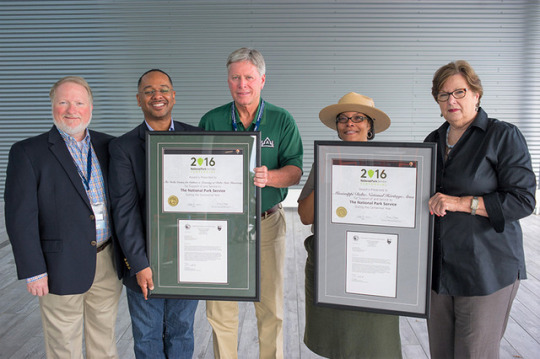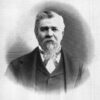NEWS RELEASE
March 6th, 2021
For immediate release; for more information, contact:
Kathleen Benedict, Executive Director
Poudre Heritage Alliance
(970)-222-5795
National Heritage Area Program Bill Passes in House of Representatives, Supports Program Longevity
Washington, DC – Colorado, USA (March 6) – The passage of the National Heritage Areas Act of 2021, H.R. 1316, as part of H.R. 803, the Protecting America’s Wilderness and Public Lands Act, on February 26, 2021, standardizes the criteria in which future National Heritage Areas (NHAs) will be designated under and defines structures that will allow more consistent federal support. This will affect all 55 National Heritage Areas, including the three existing ones in Colorado. NHAs are places designated by Congress for their cultural, natural, historic resources that combined tell a nationally significant story about our nation’s diverse heritage.
The three Colorado Heritage Areas, Cache la Poudre River National Heritage Area (designated in 1996), South Park National Heritage Area (designated in 2009), and Sangre de Cristo National Heritage Area (designated 2009), are currently authorized to only receive appropriated funding for three more years until the year 2024. While not considered National Park Units, NHAs receive technical and financial assistance from the National Park Service who administers the program. Among championing historic preservation, educational programming, and heritage tourism, NHAs generate economic value for their communities, on average $5.50 per $1 of federal funds spent. An Economic Impact Study completed in 2017 by the Poudre Heritage Alliance (the managing entity of the Cache la Poudre River NHA) showed an annual $81.6 million impact on their region and $6.9 million generated in tax revenues.
The National Heritage Areas Act of 2020, H.R. 1049, would have initially passed in the House of Representatives on December 4th, 2020, but stalled in the Senate. H.R. 1049 would have allowed NHAs to receive an additional ten years of federal funding and had more than 220 cosponsors. The National Heritage Area Act of 2021 has bipartisan support, being sponsored by Representatives Paul D. Tonko (D-NY) and David McKinley (R-WV), and is currently being reviewed in the Senate.
ABOUT THE CACHE LA POUDRE RIVER NATIONAL HERITAGE AREA AND THE POUDRE HERITAGE ALLIANCE
The Cache la Poudre River National Heritage Area (CALA), a 45-mile stretch of the Lower Poudre River, tells the story of the river where Western Water Law took shape and how the river still informs the use of water throughout the arid West today. CALA’s 501(c)3 nonprofit managing entity, the Poudre Heritage Alliance – PROMOTES a variety of historical and cultural opportunities; ENGAGES people in their river corridor; and INSPIRES learning, preservation, and stewardship. Find out more at: https://poudreheritage.org/
###


